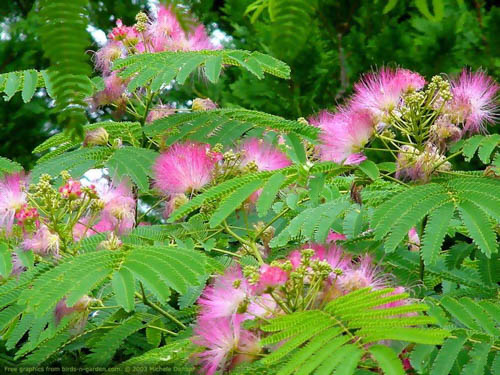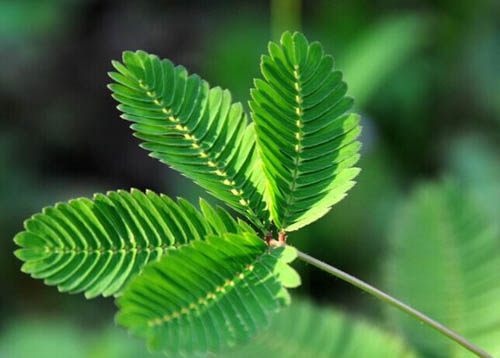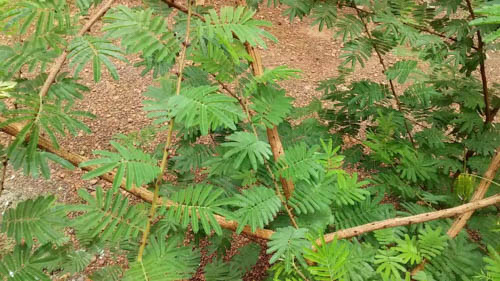Effects of Hostile Mimosa / Tenuiflora
The root bark of Tepezcohuite/Jurema is widely used throughout the world for the preparation of the entheogenic drink called vino da jurema, juremahuasca, anahuasca or mihuasca.
The DMT molecule (N,N-dimethyltryptamine) is responsible for its psychoactive effects, and is present in both the bark of its trunk and the root.
To make this drink, the root bark of Tepezcohuite/Jurema is combined together with the seed of Syrian rue: Peganum harmala, or with the ayahuasca vine; banisteriopsis caapi, responsible for exerting the necessary inhibitory effect of MAO.
The root bark of Mimosa hostilis/tenuiflora usually has 0.25 to 1% D.M.T, while the leaves used to make the ayahuasca drink are from chakruna (Psychotria viridis), and contain around 0.20%. of DMT. An astonishing DMT content of 1% to 11% has been found in the root bark of specimens from Mexican Chiapas.
Mimosa hostilis/tenuiflora is also used for the direct extraction of the pure DMT molecule, which induces very powerful and profound experiences.
Medicinal uses of Mimosa Hostilis/ Tenuiflora

Pharmacology of Tepezcohuite/jurema
Psychoactive action

Antimicrobial activity

Ahó!

